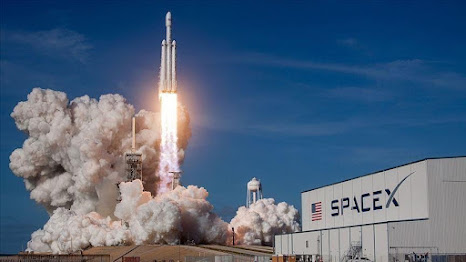Design and Display
The iPhone 16 and iPhone 16 Plus come with 6.1-inch and 6.7-inch displays, respectively, featuring color-infused glass backs available in vibrant colors like ultramarine, teal, and pink. The Pro models feature 6.3-inch and 6.9-inch displays with thinner borders and titanium frames for added durability. All models offer improved brightness, reaching up to 2,000 nits.
Performance
The iPhone 16 and 16 Plus are powered by the A18 chip, delivering 30% faster performance than the A16 Bionic, while the Pro models feature the even more advanced A18 Pro chip. The A18 Pro chip offers enhanced machine learning capabilities, faster graphics, and up to 15% better power efficiency compared to previous versions.
New Features
- Action Button: Both standard and Pro models now feature an Action Button, which allows quick access to tasks like voice memos, translations, or custom shortcuts.
- Camera Control Button: A new camera control button enables intuitive control over the camera’s functions, allowing instant access to key settings with simple gestures.
- Apple Intelligence: The new AI features, known as Apple Intelligence, allow for personalized interactions with Siri, smart photo searches, and automated email summaries, all while ensuring privacy.
Battery and Charging
The Pro Max model boasts the best battery life ever on an iPhone, offering up to 29 hours of video playback. All models support faster wireless charging with the new Qi2 standard and come with improved power management for longer usage times.
Chipset and Performance
- iPhone 16 & 16 Plus: Powered by the A18 Bionic chip, which is based on 3nm architecture. This provides up to 30% faster CPU performance and 40% faster GPU performance compared to the iPhone 15. The 6-core CPU is optimized for both performance and efficiency, offering a balance of power and battery life
- iPhone 16 Pro & Pro Max: These models come with the A18 Pro chip, which features a 6-core CPU, a faster 6-core GPU (20% faster than the A17 Pro), and advanced AI and machine learning capabilities. The A18 Pro also supports real-time hardware ray tracing, significantly enhancing gaming and AR experiences
Camera System
- Main Camera: Across all models, Apple includes a 48MP fusion camera that combines a 48MP sensor and 12MP shots to create clearer, more detailed 24MP images. This camera has an improved f/1.6 aperture for enhanced low-light performance
- Pro Models' Cameras: The Pro models feature a triple-camera system, including:
- A 48MP ultra-wide camera with autofocus.
- A 5x telephoto lens with a 120mm focal length, offering a much-improved zoom experience.
- Support for 4K120 video recording, making it the highest frame rate on any iPhone to date
Battery and Charging
Apple has not specified exact battery sizes but claims notable improvements in battery life:
- iPhone 16 Pro Max: Offers the best battery life in the series, providing up to 29 hours of video playback, while the standard iPhone 16 offers up to 22 hours
- Charging: All models support faster wireless charging through the new Qi2 standard, in addition to regular MagSafe charging
Software
- Apple Intelligence: The new AI-powered system enhances Siri, automates tasks, and personalizes user interactions. You can search your photos or videos by describing what's in them, and Siri can generate summaries or provide step-by-step guidance on tasks. This feature also ensures user privacy by processing data in a private cloud(
- Action Button & Camera Controls: Like the iPhone 15 Pro, the iPhone 16 includes a customizable Action Button that users can configure to perform different tasks, such as launching specific apps. A new camera control button enhances the ease of snapping photos and recording videos
Pricing and Availability
- Pricing: The base iPhone 16 starts at $799, while the Pro models start at $999 and go up to $1,499 for higher storage capacities
- Release Date: The iPhone 16 series will be available for pre-order on September 13, 2024, and will officially launch on September 20




.jpeg)













.jpeg)





